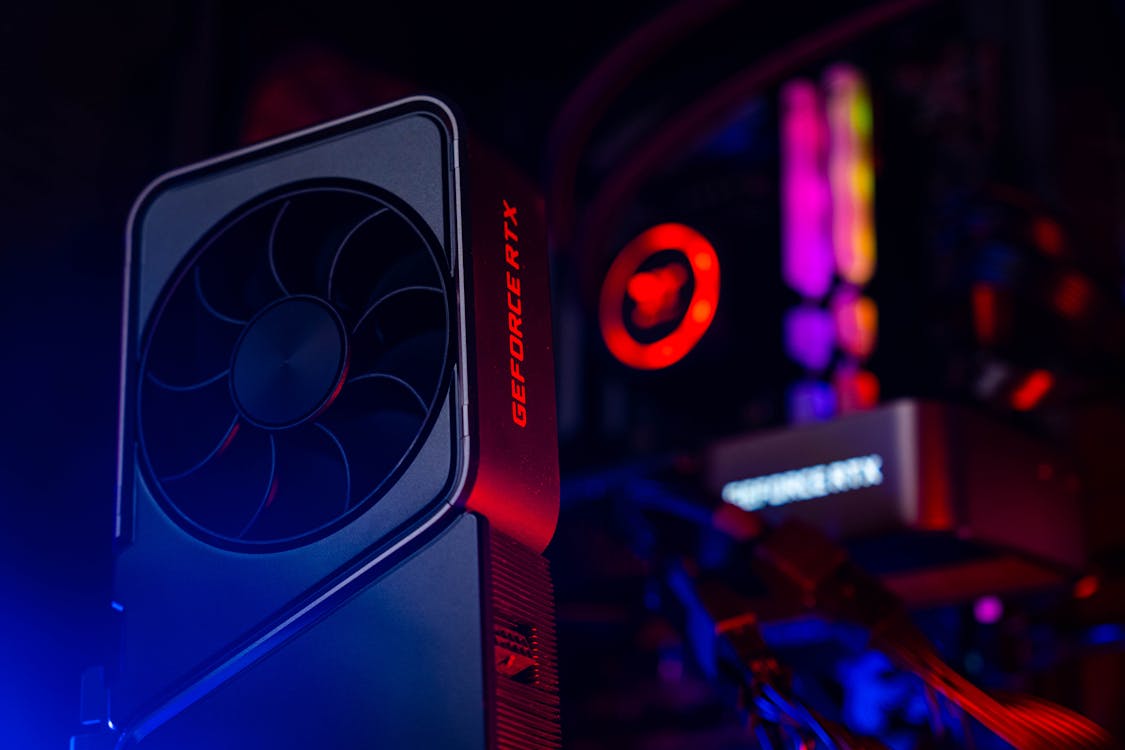Every new year in gaming brings with it leaps in technology, and in 2023, one of the most profound of these leaps is found in the landscape of computer monitors. Specifically, it's a new age of high-refresh-rate OLED displays that are setting the stage for what gamers in the next few years can expect. Even if these screens won't be for everyone, they still represent an ideal of raising the bar, as long the systems which power them can hold up.
The Advantages of OLED
The very first OLED display came from a car stereo, released in 1997. Even back then, the potential of OLEDs was known, but the technology’s complications meant it couldn’t compete with more traditional LCD systems. Over time, as OLED technology improved and manufacturing costs dropped, it increasingly competed with its major competitors of LCD and traditional LED display, now reaching a point where it’s often the superior choice.
The physical advantages of OLED systems stem from how they create their own light, rather than relying on a backlight that shines through the pixels as a regular LED does. Thanks to this direct control, OLED technology can be brighter, offer a higher color gamut, and has a lower power consumption than their older counterparts.

For the user, these differences manifest as a better-looking image that is viewable from more angles. OLED screens are also lighter and are slightly more flexible to reduce the risk of breakage. On the other hand, this tech does have some issues with the longevity of the blue light it produces, though this is an issue that improving systems increasingly target.
The Uses of a New Gen
Announced for the Consumer Electronics Show in January of 2023, the new generation of monitors comes from some big industry names including Asus, Corsair, and LG. These manufacturers have all gone to great lengths to target gamers, with the prime advertised feature being the system's capability for 240Hz output. Combined with the better color of which the monitors are capable, this development marks an impressive step up from the current generation which often maxes out at 144Hz.
As for how useful this refresh rate will be in action, that depends on the type of games and level of hardware, where the promise is difficult to fulfill in most cases. Stepping back into passive entertainment like watching movies and videos on YouTube, there won't be any appreciable advantages of high-refresh rate monitors over slower displays. Most shows and movies are filmed at 30Hz or below, and even the fastest gaming videos tend to output at around 60Hz, so the extra potential is wasted.

Many smaller games also won’t feel different with the new monitors, as they’re already perfectly designed for current-gen displays. The new generation of real money casinos in 2023, for example, already look and play to the near max potential on even the humblest of devices. Whether browsing for the best welcome bonuses, examining the payment systems, or playing the games, the better color will still look good, but higher Hz won't really be noticeable during use. The most appreciable difference would be smoother mouse movement as a player navigated websites like BetMaster and Lucky Days, which isn't exactly worth a new monitor price tag. Therefore, anyone who predominately plays slots or table games should opt for something cheaper and less high-end.
It's not even the most modern and demanding video games that will get the most out of 240Hz output. Titles like Cyberpunk 2077 and Spider-Man Remastered require a lot of hardware power to perform well, and you need a card like an RTX 3050 to start playing as the developers intended. The problem is, the higher fidelity, the more strain there is on the system, so not even the new RTX 4090 could hit 240 frames per second at good quality settings in titles like these.
Instead, the games that will make the most out of these new screens are older eSports titles. These continuously see new updates and are generally built with low requirements to maximize a potential player base. It's only these titles like Counter-Strike: Global Offensive that will be able to hit the 240 Hz gap easily, so they're the best able to take advantage.
Too Far Head of the Curve?
As interesting and impressive as these new displays are, their use in real-life scenarios isn't going to appeal to everyone. With current tech, 144Hz screens are a more natural fit of what players can accomplish, and at a much lower price point. While there could be an argument to be made for buying one of these new screens for future-proofing, it's also true that OLEDs limited lifespans could counter this suggestion. Given that OLEDs will only get better and cheaper over time, the argument for delaying a purchase until it makes more sense is a good one, no matter how impressive these new systems can look in motion.














